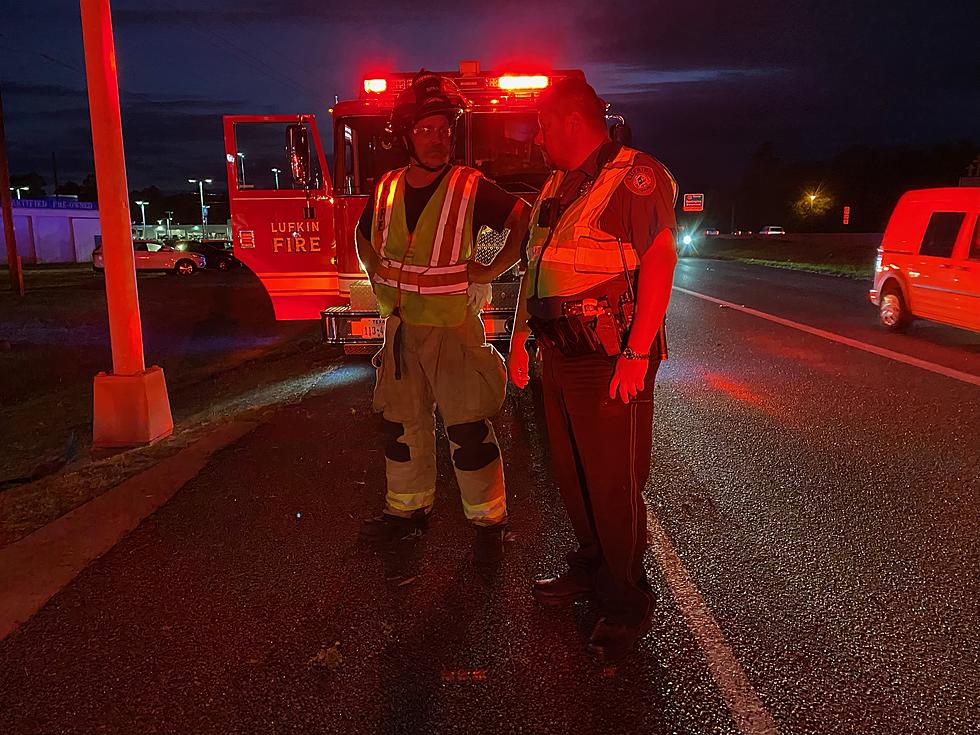
Positive Distemper Tests Cause Temporary Shutdown of Kurth Animal Shelter
Kurth Memorial Animal Shelter will be closed through Thursday to prevent the possible spread of canine distemper. Animal Control Director Aaron Ramsey said he anticipates reopening the shelter Friday, but shelter officials will re-evaluate Thursday evening. The decision to temporarily shut down was made earlier this week after two dogs tested positive for the virus.
“We are now working to thoroughly sanitize the facility and monitor the health of all animals in the shelter,” Ramsey said. “This is a normal precautionary measure shelters take when canine distemper is confirmed in an area to mitigate the risk of exposure to other animals. We want to thank citizens for their patience during this period.” Ramsey said local veterinarians have reported an increase of potential canine distemper cases in the Lufkin/Nacogdoches area.
Canine distemper typically presents itself as an upper respiratory infection much like “kennel cough,” but symptoms turn more serious as the illness progresses. The virus cannot infect felines or humans.
What are symptoms of Canine Distemper Virus (CDV)?
The first symptom of distemper in dogs is usually watery to pus-like discharge from his/her eyes, followed by fever, loss of appetite, and clear nasal discharge. Most dogs develop a fever approximately 3-to-6 days after being infected, but the initial symptoms depend on the severity of the case and how the patient reacts to it.
In general, the symptoms associated with distemper in dogs include:
- Fever
- Clear nasal discharge
- Thick mucus-like eye discharge
- Lethargy
- Anorexia
- Coughing
- Vomiting
- Head tilt
- Circling
- Partial or full paralysis
- Seizures
- Nystagmus (repetitive eye movements)
- Muscle twitching
- Convulsions with increased salivation and chewing motions
- Diarrhea
- Pustular dermatitis (skin sores)-rarely
- Inflammation of the brain and spinal cord
- Diarrhea
- Difficulty breathing
- Change in respiratory rate
- Pneumonia
- Death
How to test for Canine Distemper?
Analysis of cerebrospinal fluid from spinal tap, swabs from infected areas, whole blood, urine, brain or lung tissue, or conjunctival tissue sent to a laboratory capable of these types of testing. These test for antibodies or antigens to CDV in blood and may help identify active infection. There is also a PCR test that can be used to detect the virus as well.
How to Prevent?
The vaccine for dogs is called the distemper shot. This vaccine is in all “5n1s” and “7n1s” that veterinarians provide. If you have a puppy, make sure he/she gets his/her first vaccination at six to eight weeks of age. Be sure to keep him away from any possibly infectious dogs or environments until he's finished with his vaccinations. It is extremely important you stay up to date on your canine’s vaccinations in order to ensure your dog/puppy stays healthy.
How is Canine Distemper transmitted?
Puppies and dogs most often become infected through airborne exposure (through sneezing or coughing) to the virus from an infected dog or wild animal. The virus can also be transmitted by shared food and water bowls and equipment. Because canine distemper also impacts wildlife populations, contact between wild animals and domestic dogs can spread the virus. Canine distemper outbreaks in local raccoon populations can signal increased risk for pet dogs in the area. The virus can survive in the environment for up to two years in unsanitary conditions and without proper cleaning techniques. This is why vaccinating is so important. Bleaching and thorough cleaning will help kill and sanitize from this virus.
What the public should worry about?
If your dog or puppy is showing any symptoms please contact your veterinarian and allow them to evaluate your animal. Again, making sure your dog is up to date on ALL vaccinations is extremely important with preventing the spread of this virus.
More From Kicks 105









